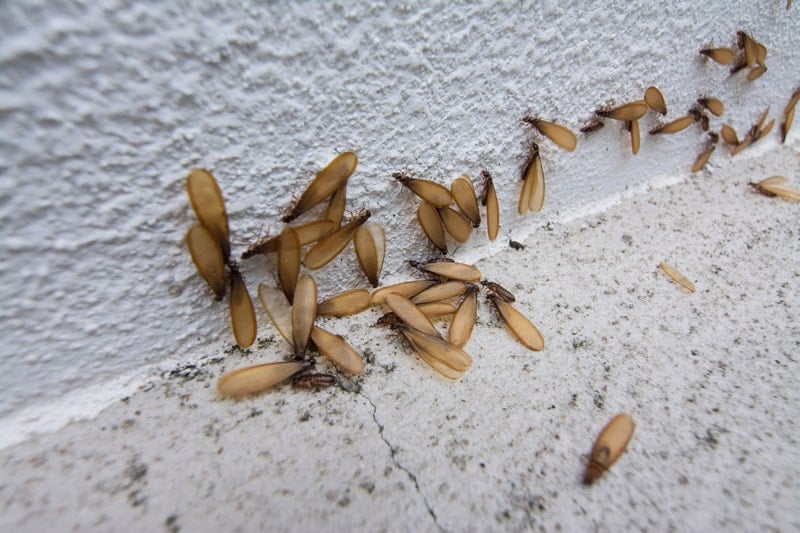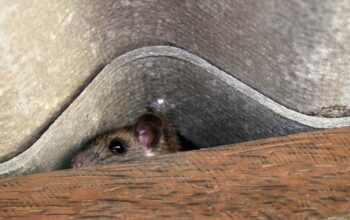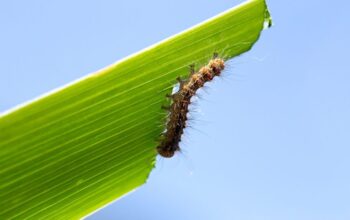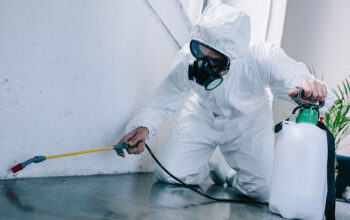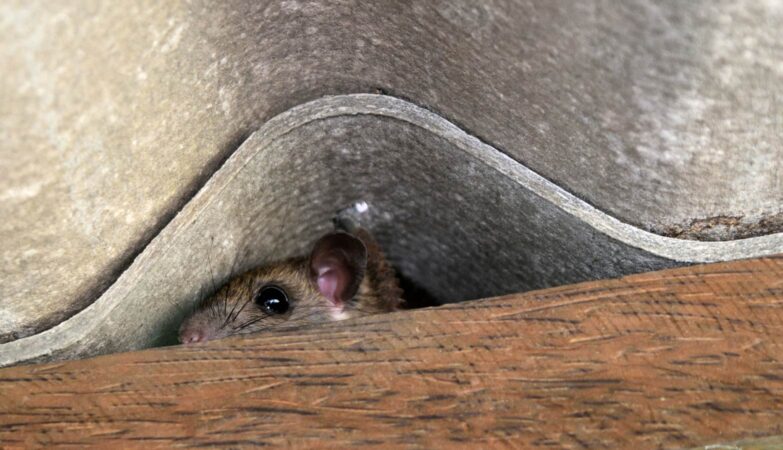With an average of 42 inches of rain per year, Vancouver, Washington, is an ideal environment for one of homeowners’ most destructive nemeses: termites. The wet climate in the Pacific Northwest not only provides ample green foliage but also supports drywood termites, which prefer moist soil and wood.
Rain-soaked soil near your foundation sends a message to termites that the environment is right for an expanding colony. Houses in neighborhoods such as Cascade Park, Felida, and the Orchards are at higher risk during the wettest months, from October through March. In this region, which experiences consistent moisture and moderate temperatures, termite activity never ceases.
The moment you see any red flags, call pointepest.com to save your property from thousands of dollars in structural damage.
How Rainfall Fuels Termite Behavior
The moisture provided by rain creates the habitat in which termites survive. These insects quickly dehydrate through their exoskeletons, so they are drawn to moist habitats. Vancouver has abundant rainfall, and when the soil surrounding your home becomes saturated, termites have a pathway to this moisture-rich environment.
This is how rainfall affects termite activity:
- Softens wood structures: Termite-infested (they consume water-damaged wood before burrowing into sound members).
- Increases humidity: Increased moisture levels in crawlspaces and basements are a perfect breeding ground.
- Triggers swarming: Rain in spring often prompts reproductive termites to leave their colonies and establish new ones nearby.
Areas Most Vulnerable in Vancouver Homes
- Foundation and Crawl Spaces
When our rainy seasons return, the ground-level areas of Vancouver homes take the biggest hit. Clark County Building Inspectors estimate that 35% of homes in the area have crawl-space moisture issues, which can lead to termite infestations. If water pools around the foundation footing, it creates a highway for termites to reach the wood in your home.
- Wooden Decks and Porches
Wood structures are exposed to the rain in and around Vancouver. Inadequately ventilated low decks can trap moisture beneath them. The timber absorbs moisture, expands, and becomes a magnet for famished termite swarms on the lookout for their next feast.
- Window Frames and Door Jambs
Rainwater will enter wall cavities through the gaps in windows and doors. These concealed wet areas are seldom observed until termites have caused deep-seated damage. Especially during strong storm seasons, homes with original 1960s-era windows in older Vancouver neighbourhoods are at very high risk.
Signs of Termite Presence After Rain
- Shelter tubes on foundation walls or basement surfaces (termites create these highways to travel without getting burnt to a crisp from dry air)
- Wings are found around window sills or doorways after the spring swarms (the reproductive termites discard their wings after mating)
- Hollow sound wood when tapping on baseboards, door frames , or structural beams
- Paint that appears water-damaged, bubbling, or peeling, concealing termite tunnels beneath.
- Dust-like clumps of droppings (also called frass) are made up of sawdust near wood surfaces
- A floor with a sag or a ceiling that shows that the structural wood is trash
Do You Really Need Professional Pest Control?
Termite infestations do not get better with time, nor do they want you to try to fix them yourself. An adult colony can eat about a pound of wood per day, and Vancouver’s milder climate allows year-round productivity. DIY treatments will kill the visible ants, maybe, but not the thousands hidden inside your walls or under your foundation.
Pacific Northwest pest control specializes in termite treatments, and Pointe Pest Control is the preferred choice in the Vancouver area. They know how local rainfall patterns influence infestation risks and use this to design a prevention solution for your property. Technicians check vulnerable regions, such as crawl spaces and the foundation perimeter, where moisture can pool after heavy rains.

